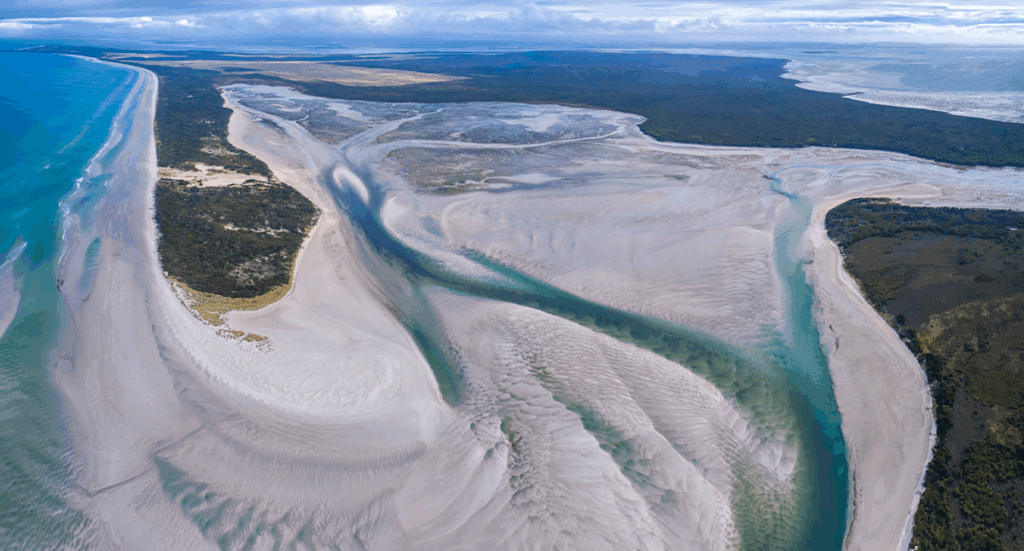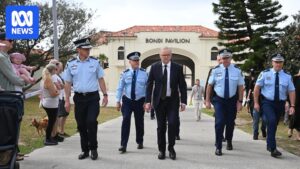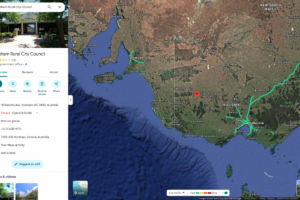
The federal government has given the green light to a controversial $3 billion wind farm on Robbins Island, Tasmania, a decision that has sparked a heated debate between renewable energy advocates and environmentalists. The project, announced by Environment Minister Murray Watt, aims to combat climate change by generating enough energy to power 42,000 homes and reducing greenhouse gas emissions by an estimated 3.4 million tonnes annually.
The Robbins Island wind farm, developed by Philippines-run multinational ACEN Australia, will feature 100 turbines. However, its location in the flight path of the critically endangered orange-bellied parrot has raised significant concerns among conservationists. The project has been in the pipeline for eight years, and its approval marks a significant milestone in Australia’s renewable energy transition.
Environmental Safeguards and Conditions
Minister Watt emphasized that the project must adhere to 88 stringent conditions designed to protect threatened species, including the orange-bellied parrot, Tasmanian devil, and Tasmanian wedge-tailed eagle. “I think Australians know that we simply will not be able to tackle the climate change challenge that we have as a nation without more renewable projects being delivered,” Watt stated at a press conference.
One of the conditions may require ACEN to temporarily halt turbine operations during bird migration periods, although specific measures are still under discussion. The announcement follows a pattern of controversial decisions made on Fridays, a tactic often used to minimize immediate public backlash.
Conservationists’ Concerns
Despite the government’s assurances, conservation groups remain skeptical about the project’s impact on wildlife. The Bob Brown Foundation, a prominent environmental organization, held a press conference on the lawns of Tasmania’s parliament house, condemning the decision. Christine Milne, the foundation’s patron, accused the government of prioritizing industrial development over ecological preservation.
“The Robbins Island wind farm decision is just the beginning of the industrialisation of northern Tasmania,” said Milne. “Nothing could be more wrong.”
Milne’s comments reflect a broader concern that the approval sets a precedent for future projects that could threaten Australia’s unique biodiversity. With fewer than 200 orange-bellied parrots remaining in the wild, the stakes are high for conservationists who argue that the species’ survival is at risk.
Balancing Renewable Energy and Conservation
The approval of the Robbins Island wind farm highlights the ongoing tension between the need for renewable energy and the imperative to protect endangered species. Australia, like many countries, is grappling with how to balance these often competing priorities. The Albanese Government’s decision underscores the challenges of transitioning to a greener economy while safeguarding the natural environment.
Experts suggest that innovative solutions and adaptive management strategies will be crucial in mitigating the environmental impacts of such projects. Collaborative efforts between developers, government agencies, and conservationists could pave the way for more sustainable practices in the renewable energy sector.
By the Numbers: The Robbins Island wind farm is expected to reduce greenhouse emissions by 3.4 million tonnes annually and power 42,000 homes.
Looking Ahead
As the Robbins Island project moves forward, all eyes will be on the implementation of the environmental safeguards and the effectiveness of the proposed mitigation measures. The outcome could serve as a benchmark for future renewable energy developments in ecologically sensitive areas.
The debate surrounding the Robbins Island wind farm is far from over, and its implications will likely resonate across Australia’s environmental and energy policy landscape. As stakeholders continue to voice their concerns and support, the project serves as a critical case study in the complex interplay between development and conservation.






